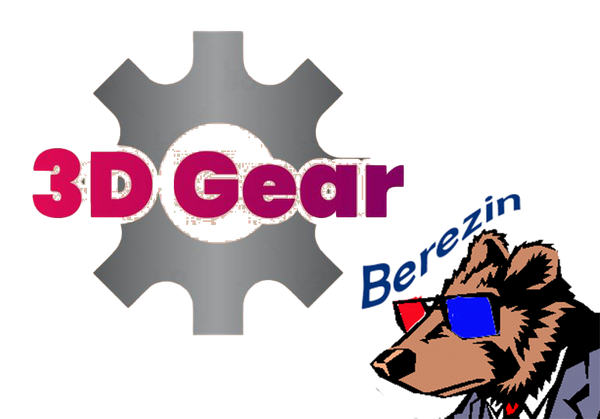Instructions for Preparing Stereo Photographs for Viewing with the Hyper-Viewä Large Format Viewer
by David Lee
The Hyper-Viewä Large Format viewer is made for viewing images from about 7 inches to about 11 inches wide. Images can be mounted using comparable methods to that used on any stereo cards. For archival reasons it is recommended that the images be mounted on acid free matboard. Use either dry mount tissue with the appropriate press or Positionable Mounting Adhesive by 3M for mounting.
After fixing the adhesive to the back of the prints trim as directed below.
All that is left now is to position the prints on the mat and adhere them. If the prints are larger than about 9 inches position them fairly close together, ~1/4 inch. Smaller prints should be placed farther apart. Adjust the prints before mounting to estimate the best separation. Most likely, it will be found that one will end up with an infinity separation of about 10 inches. (That is, the image will probably be easiest to view if the corresponding infinity points are about 10 inches apart).
Framing and putting under glass may protect the prints. Lighting becomes critical because of potential reflections in the glass. The ideal situation is to have a strong light right above the image so that the reflection will not be in visible to the viewer. Another solution is to use a type of glass called Denglas. This glass has an anti-reflective coating such as camera lenses use, and reflections almost disappear. Unfortunately it is very expensive (approximately $60 for a piece large enough for this purpose). There is no other type of anti-reflective glass that maintains the sharpness of the image under it.
Avoiding touching the mirrors. If they do need cleaning, try using a piece of soft cotton material with lens cleaner. If the mirrors become damaged, you can return the viewer to us and we will replace the mirrors for a nominal fee.
Technical note: The width at which the eye paths are parallel (assuming an eye separation of 2 1/2 inches) with the Hyper-View Viewer is 11 5/8 inches. Although it is sometimes possible to view images with a larger infinity separation than this, it is difficult for most people. It is suggested that limit the infinity separation to 11 5/8 inches for images intended to be viewed with this viewer.
